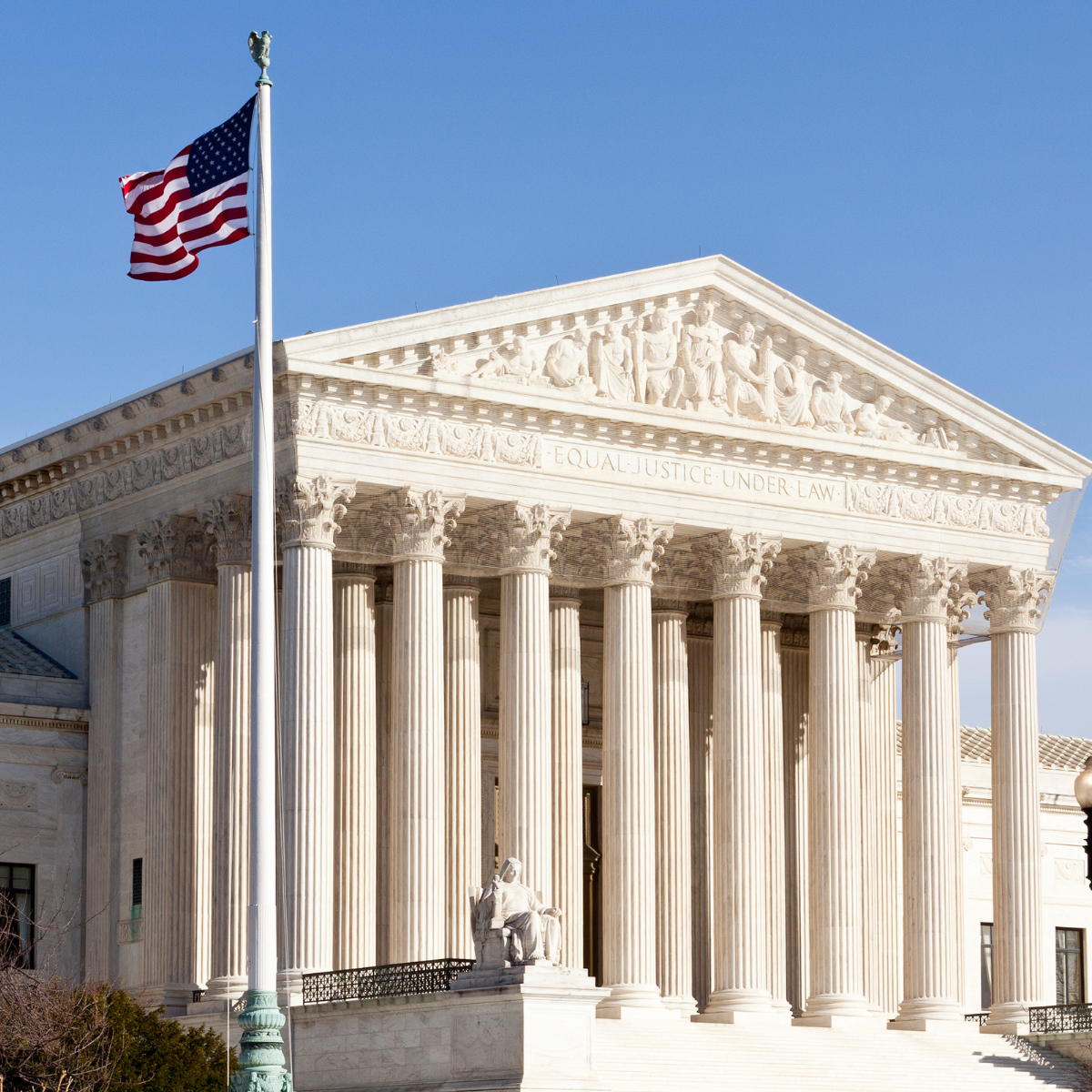What the Supreme Court’s Chevron Decision Means for USCIS Policy
The recent Supreme Court decision to overturn the Chevron deference marks a significant shift in how federal agencies, including the United States Citizenship and Immigration Services (USCIS), will formulate and enforce regulations. This decision, stemming from the 1984 Chevron U.S.A., Inc. v. Natural Resources Defense Council, Inc. case, has profound implications for the autonomy and authority of federal agencies in interpreting ambiguous statutes.
What was the Chevron Case About?
The Chevron case originated from a dispute over the interpretation of the Clean Air Act by the Environmental Protection Agency (EPA). The Supreme Court’s decision established a two-step process for courts to evaluate agency interpretations of statutes:
- Determine whether the statute is ambiguous.
- If ambiguous, decide if the agency’s interpretation is reasonable.
This doctrine, known as Chevron deference, mandates that courts defer to agency interpretations unless they are unreasonable, recognizing agencies’ expertise in their specific domains.
Relevance to USCIS Policy
The overturning of Chevron deference means that courts will no longer automatically defer to federal agencies, such as USCIS, when interpreting ambiguous laws. Instead, courts will independently interpret statutes without assuming that agencies’ interpretations are correct, even if those interpretations have previously been deemed reasonable.
Impact of the Chevron decision on USCIS
- Increased Judicial Oversight: The courts will now have more authority to question and potentially overturn USCIS interpretations of immigration laws. This change introduces greater judicial oversight into the administrative processes of USCIS, which could lead to more frequent legal challenges against the agency’s decisions.
- Policy Consistency: The decision may result in more consistent interpretations of immigration laws, as courts’ aim to apply the “best” interpretation of statutes rather than deferring to potentially varying agency interpretations over time.
- Operational Changes: USCIS may need to adopt more conservative approaches in its rulemaking processes. The agency will likely ensure that its regulations and policies align closely with the explicit language of statutes to withstand judicial scrutiny.
- Challenges for Immigrants: For immigrants and advocates, this shift could mean more litigation to resolve statutory ambiguities. While this may provide clearer legal interpretations over time, it could also lead to delays and increased uncertainty in the short term as courts handle an influx of cases questioning agency decisions.
Conclusion
The Supreme Court’s decision to overturn Chevron deference significantly alters the landscape of federal administrative law. For USCIS, this means a heightened need for precise statutory interpretation and potentially more judicial challenges to its policies. While the decision aims to ensure that agencies do not overstep their authority, it also introduces a period of adjustment and increased legal scrutiny that will shape the future of immigration policy in the United States.

